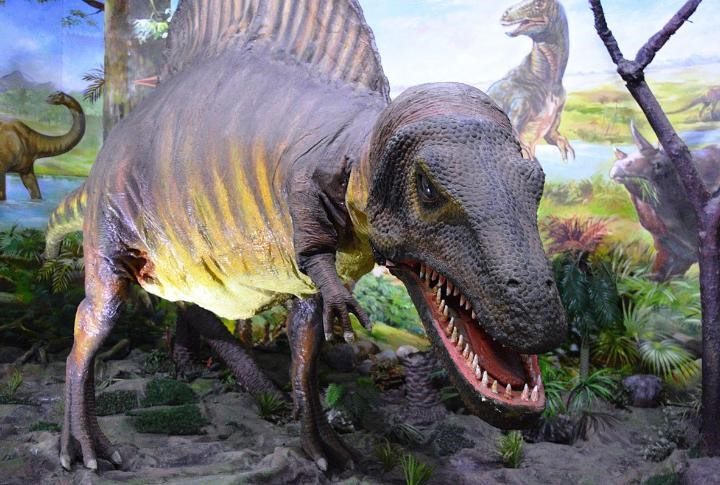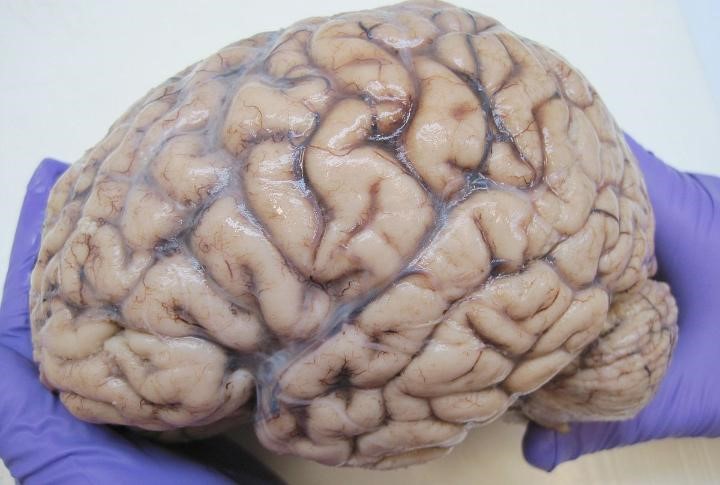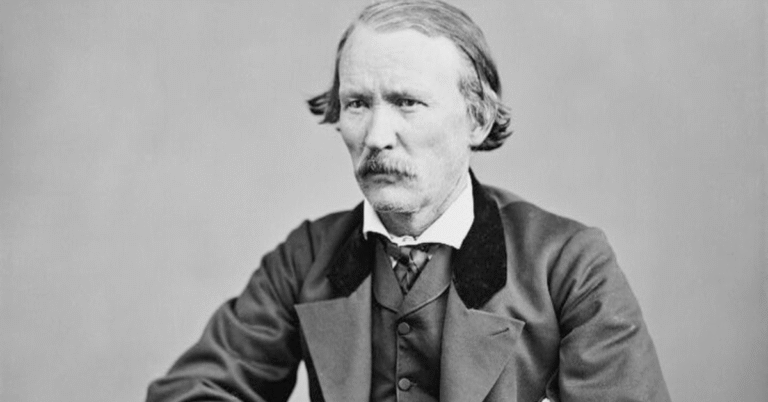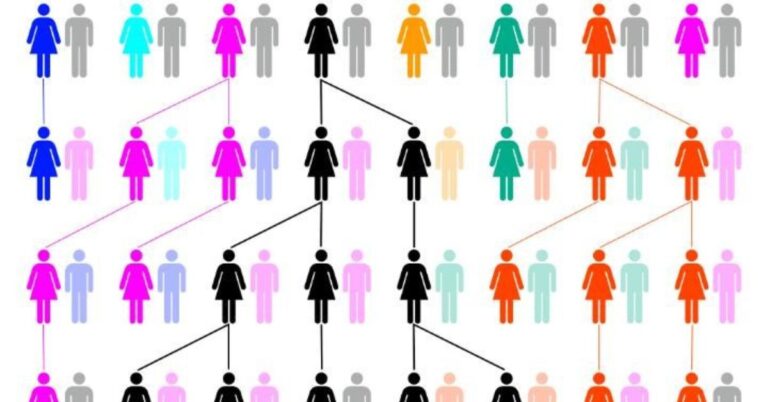Outdated School Lessons Boomers Grew Up With That Turned Out Wrong

Classrooms of the past, as experienced by Boomers, often buzzed with lessons reflecting the beliefs and discoveries of the time. Yet, science and society have come a long way since then, leaving many of those teachings behind. Though once accepted as facts, these outdated lessons offer a fascinating glimpse into how much understanding evolves across generations.
Dinosaurs Were Slow and Stupid

For years, students learned dinosaurs were sluggish, cold-blooded creatures destined for extinction. New research paints a far livelier picture, portraying them as dynamic and possibly warm-blooded animals. Studies even link their traits to modern birds, turning these “prehistoric reptiles” into agile and intelligent beings that ruled Earth for millions of years.
The Food Pyramid Was the Gold Standard

Teachers once touted the food pyramid as the ultimate guide to healthy eating. Its carbohydrate-heavy base encouraged meals loaded with bread and pasta, which we now know isn’t the healthiest approach. Current nutritionists emphasize balance over rigid hierarchies, showing how much eating habits have shifted with advancing research on what our bodies actually need.
Columbus “Discovered” America

Students once learned Christopher Columbus discovered America in 1492. However, Indigenous peoples had lived there for thousands of years before his arrival, and Norse explorer Leif Erikson reached North America earlier. While Columbus remains a key historical figure, his story now includes a broader context about colonization and exploration.
Blood Is Always Red

Teachers often told kids their veins looked blue because blood was blue before it hit oxygen. This myth stuck around until science clarified blood is always red—it’s just the way light interacts with skin that makes veins appear blue. A small misconception, but a colorful one!
Humans Only Use 10% of Their Brains

Can you believe there was once a belief that most of the brain sat idle? It even encouraged motivational lessons about “unlocking potential.” Since then, neuroscience has confirmed humans use virtually all parts of the brain daily. This myth stuck around because it inspired curiosity, even if it wasn’t scientifically accurate.






